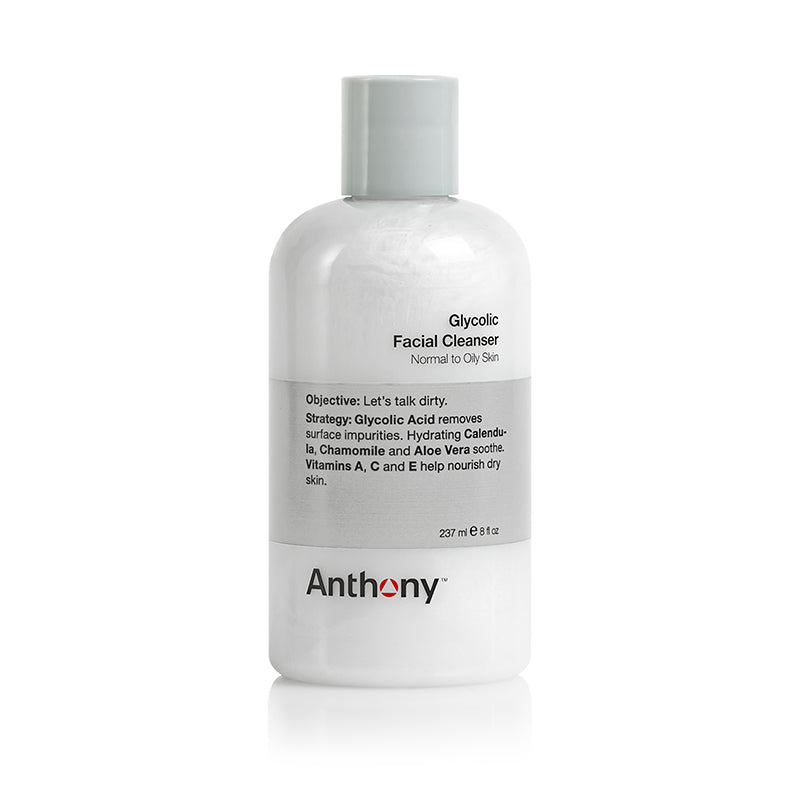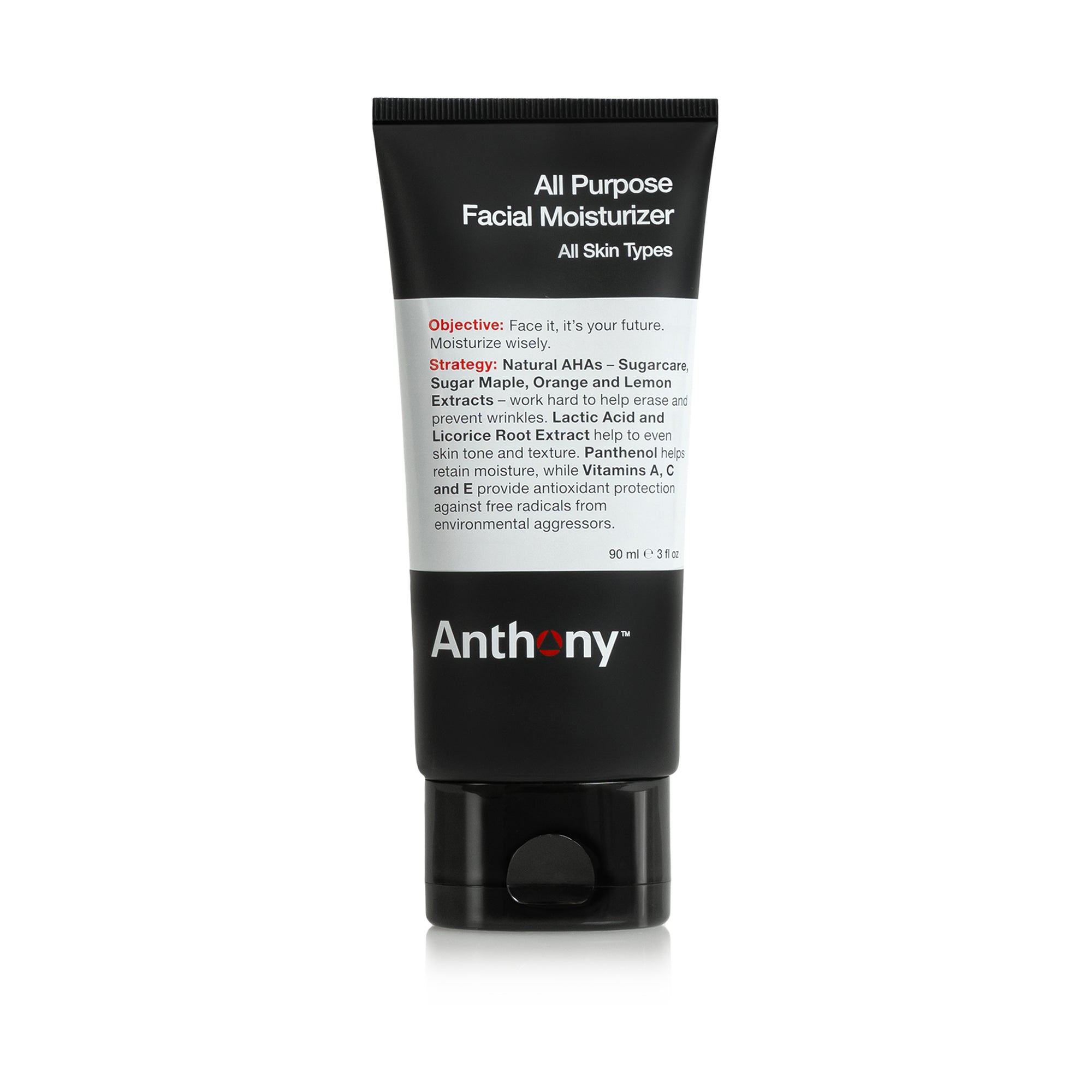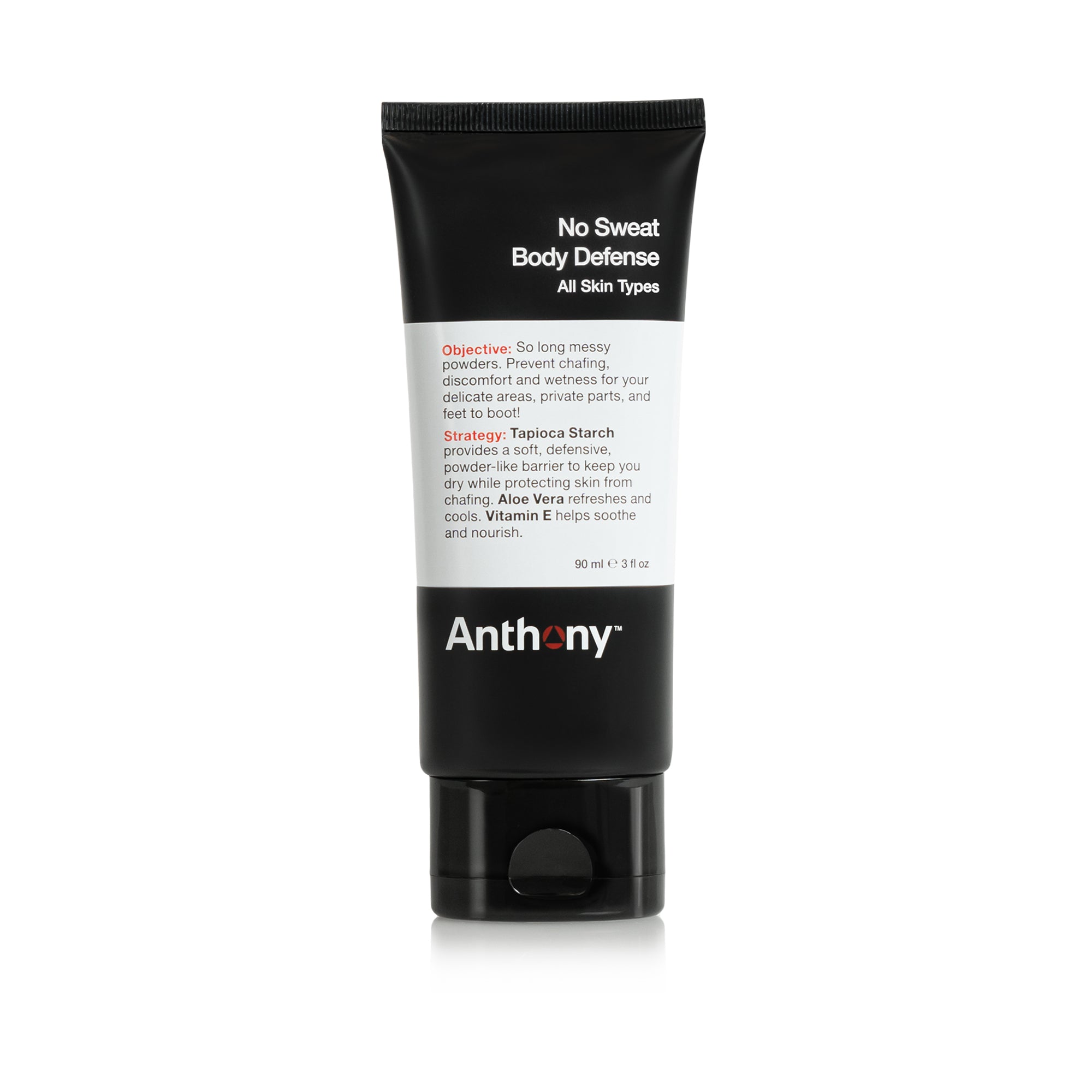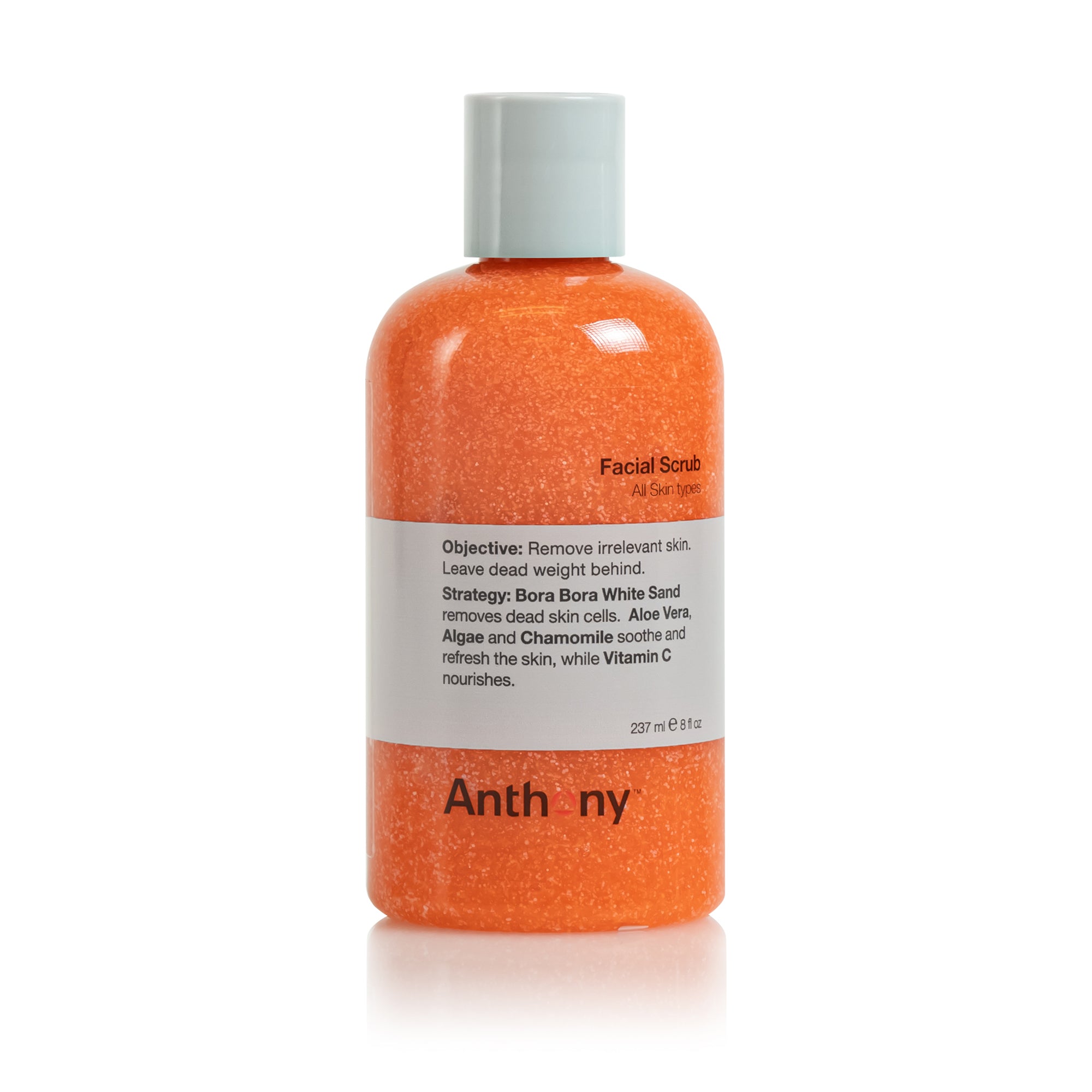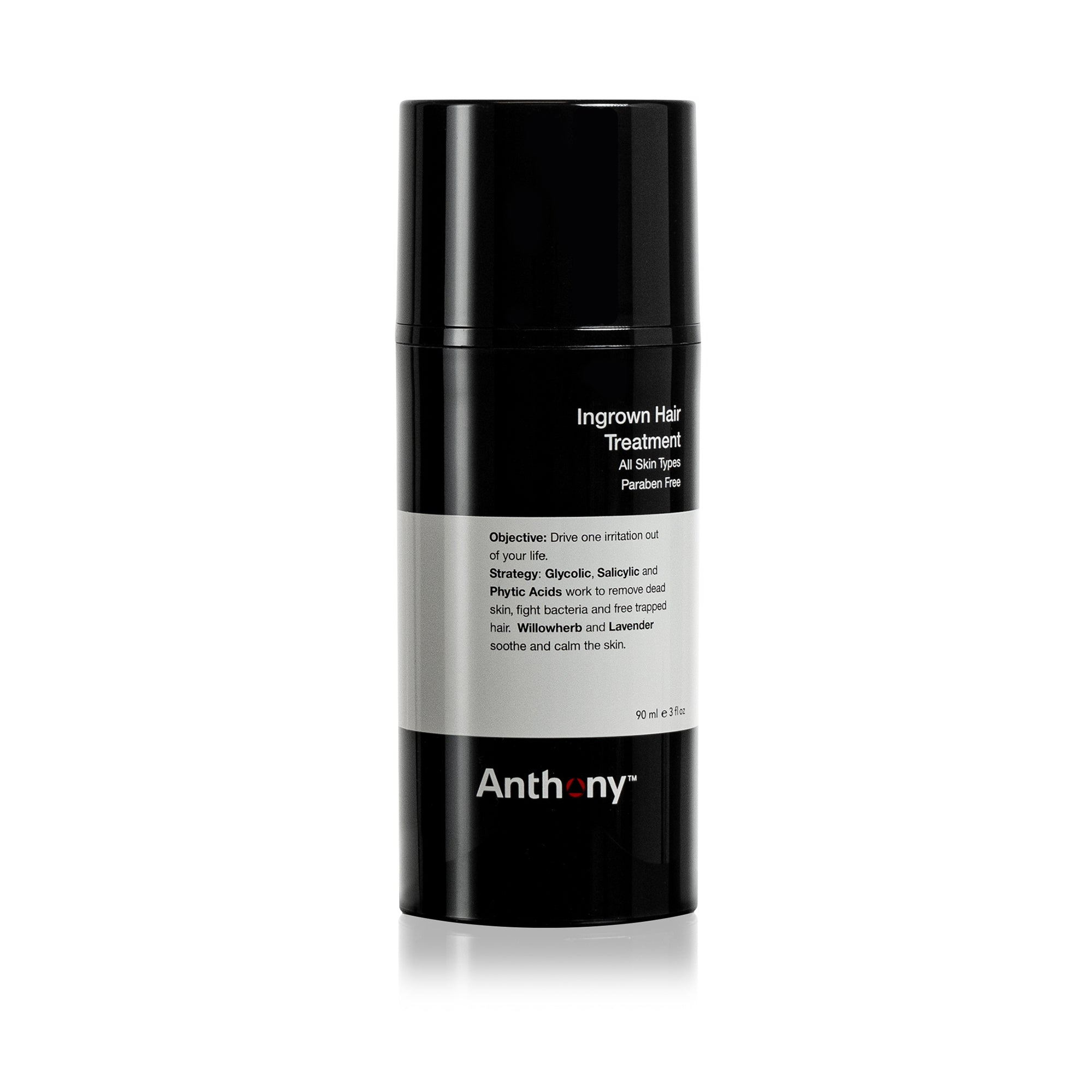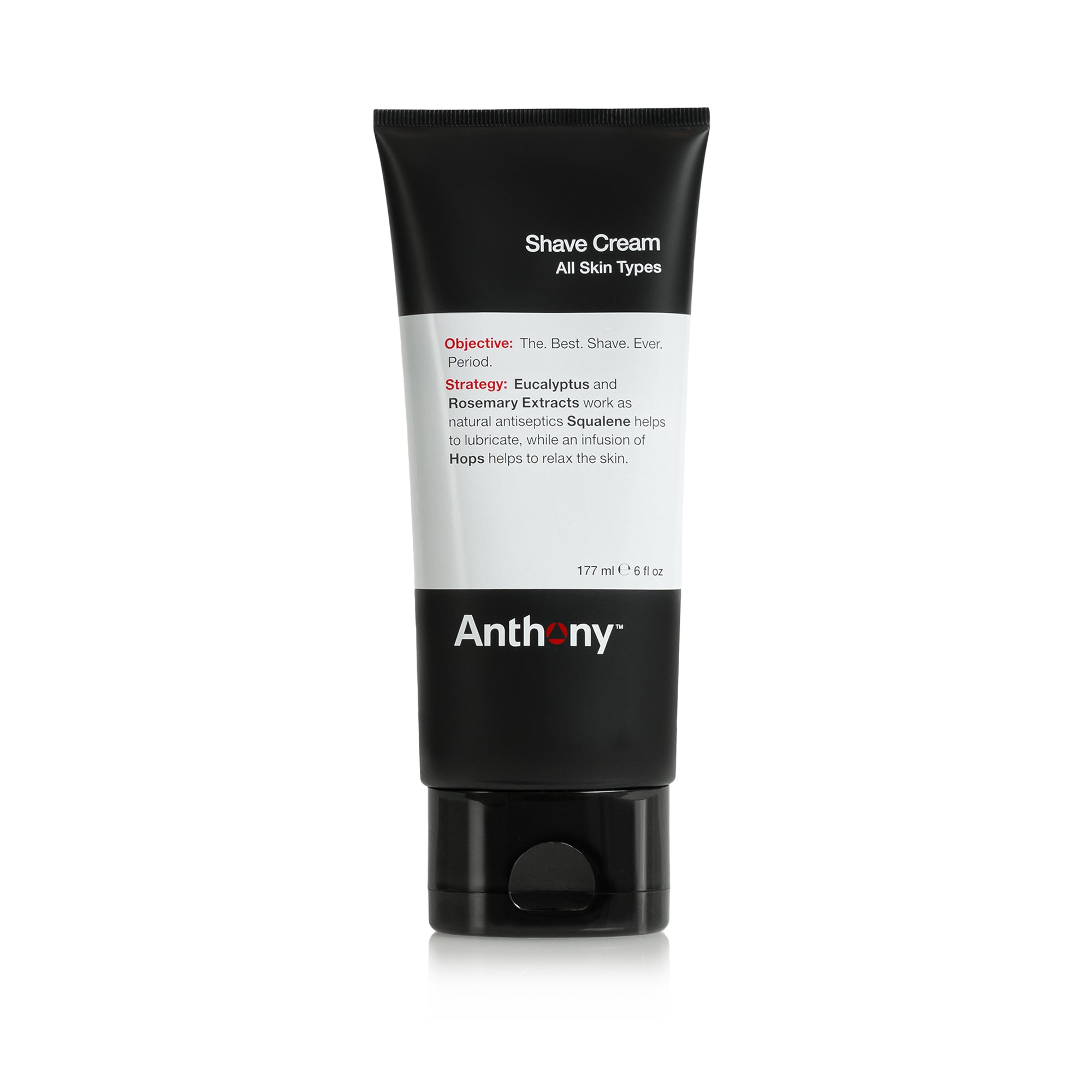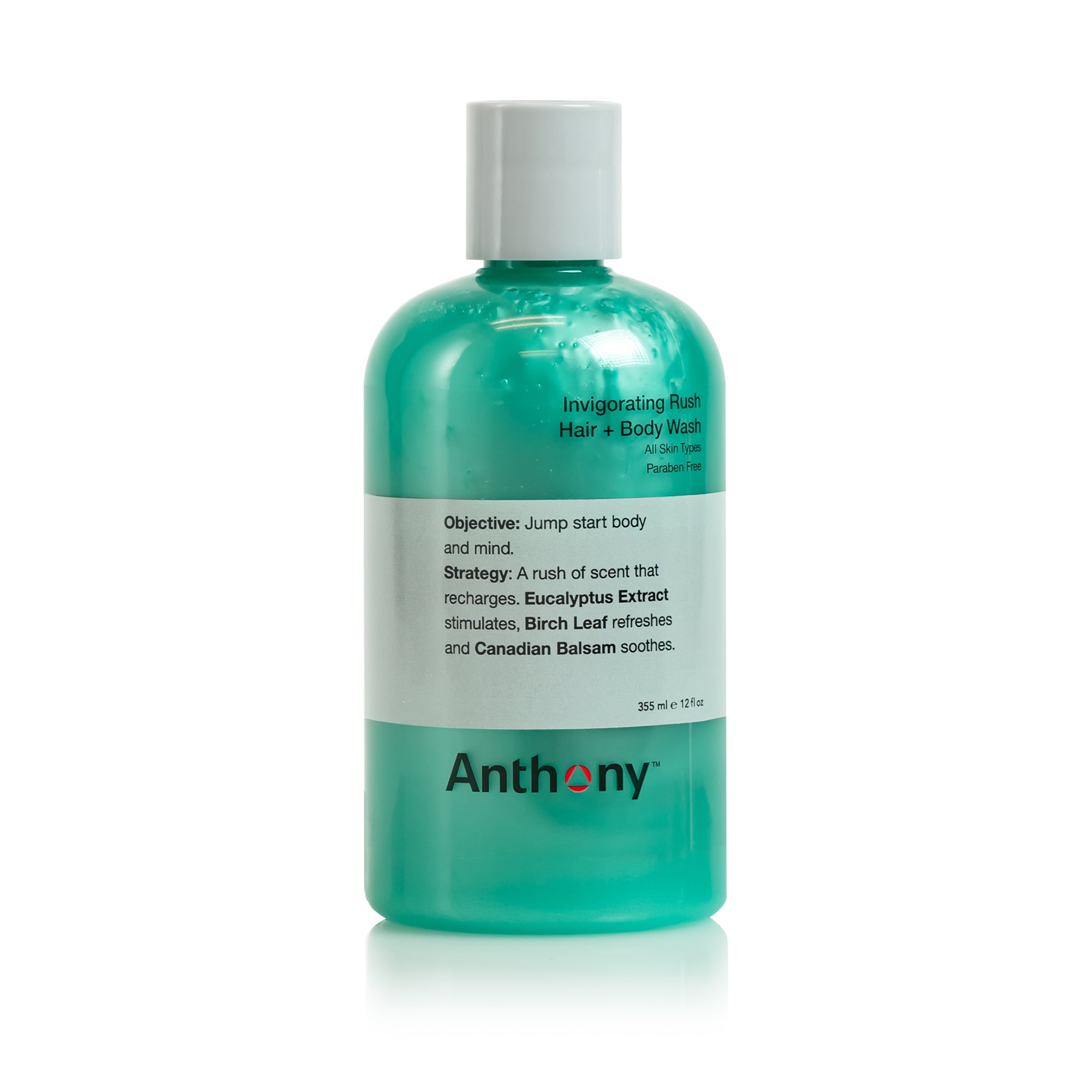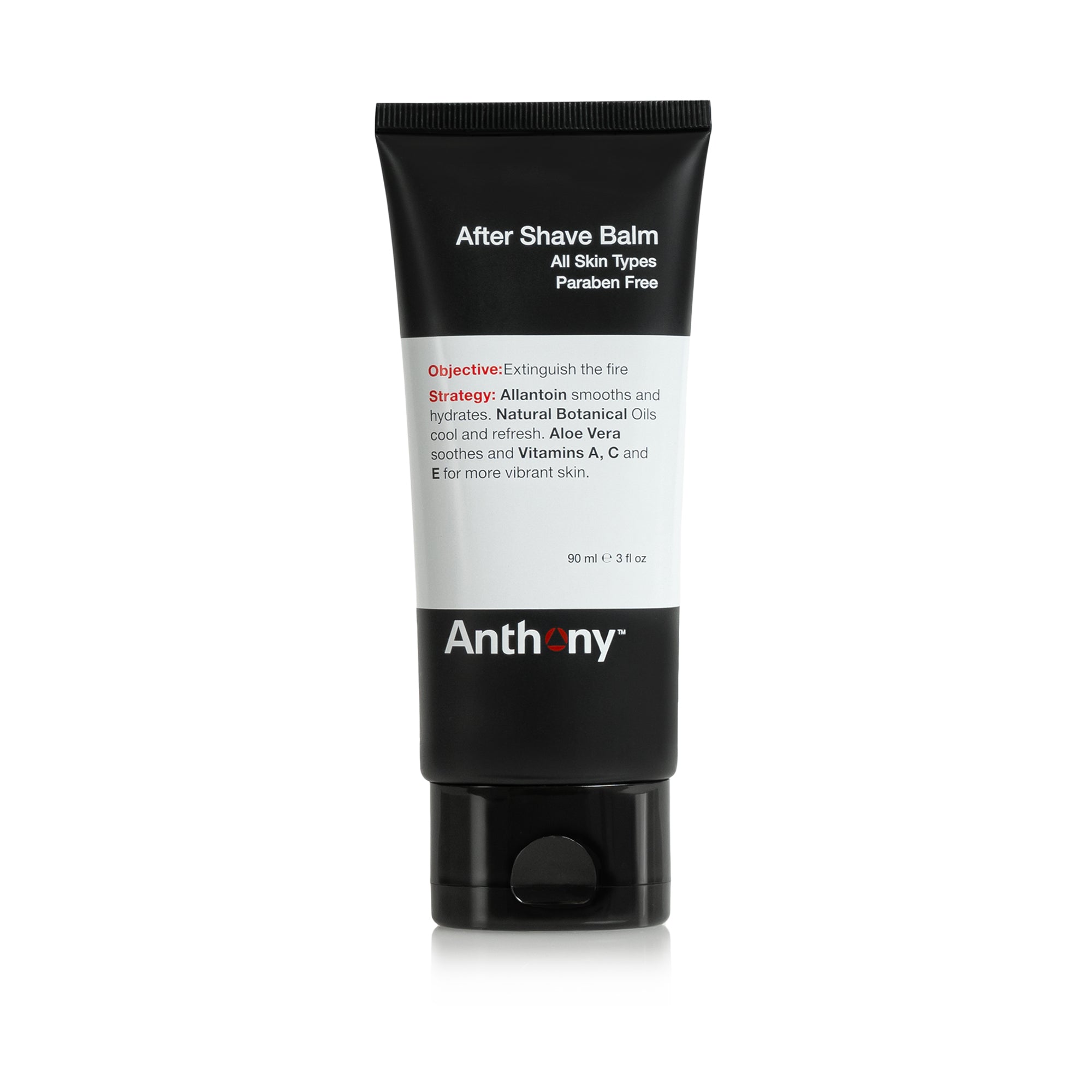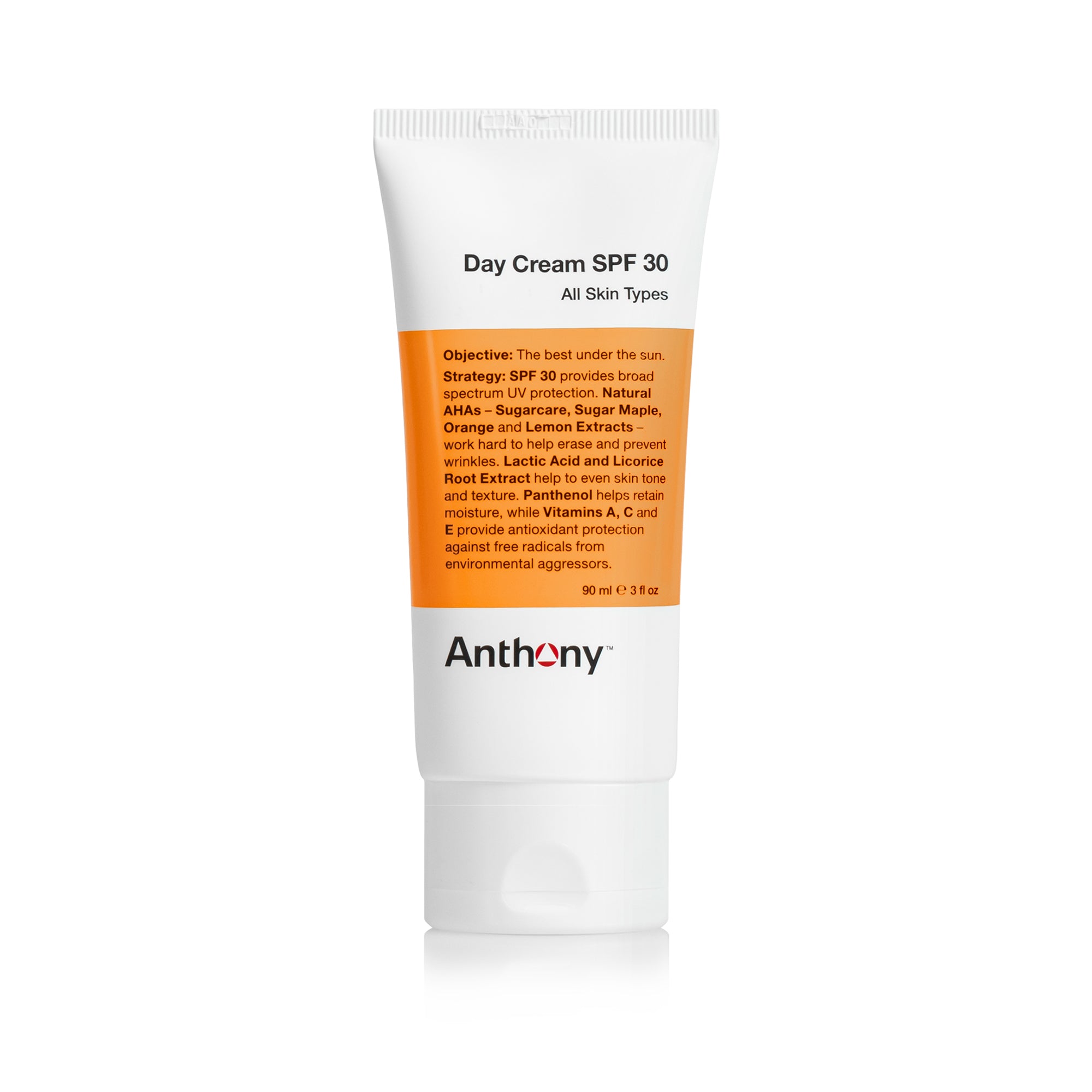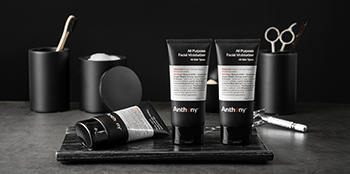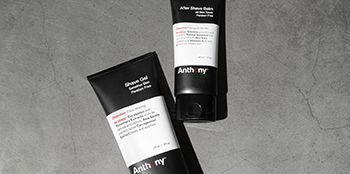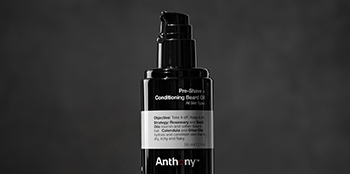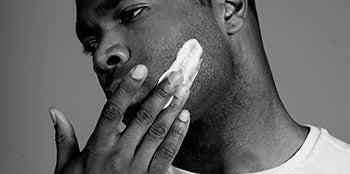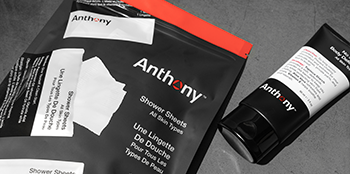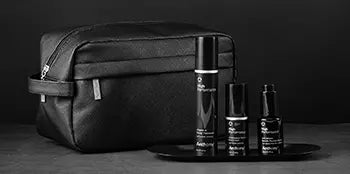
If you’ve ever had an ingrown hair, you know that it can be a painful and annoying experience. The situation is even worse when it feels like an ingrown hair simply won’t go away. Fortunately, if you take the right steps in advance, you can avoid ingrown hairs entirely. And if you’re already dealing with an ingrown hair, there are ways to safely remove the irritation at home.
Even if you’ve had ingrown hairs before, you might have a few questions about these little nuisances. For example, what are the signs and symptoms of an ingrown hair? How can you treat ingrown hairs? Is the process of ingrown hair removal easy? Should you go to the doctor if you get an ingrown hair cyst? Finally, what are the best self-care solutions for preventing, treating, and removing ingrown hairs on your face and body?
In today’s guide, we will answer all of these questions and more, so let’s get started!
What Causes Ingrown Hairs?
As you probably know, healthy hair grows outward from the skin. An ingrown hair occurs when a strand of hair does the opposite — it grows back into the skin. The result is often a raised area around the hair that may be red and painful, while the hair itself may appear thicker or more coarse than surrounding hairs.
There are various underlying causes of ingrown hairs, many of which are within your control to prevent, including:
- Shaving - Shaving is one of the most common causes of ingrown hairs in men. If it’s a very tight shave or you shave against the natural growth pattern of your facial hair, the tip of the shaved hair can begin to grow into the surrounding skin.
- Tweezing or Waxing - Improper hair removal techniques can also lead to ingrown hairs. This is because methods like tweezing and waxing actually remove the hair from beneath the surface of the skin. As the hair begins to grow again, it is at a greater risk of growing back into the skin.
- Clogged Follicles - As dirt, grime, oil, or dead skin cells accumulate (often due to a lack of cleansing and exfoliation), nearby hair follicles can become clogged. When this happens, the hairs may be pushed downward, forcing them to grow sideways into the skin.
Additionally, it’s important to note that people with curly hair are more likely to experience ingrown hairs. This is because curly hair can turn backward more easily and grow into the skin. This also means that, if you have curly hair (including facial or body hair), you’ll want to be especially vigilant to stop ingrown hairs from occurring.
What Does An Ingrown Hair Look Like?
In many instances, you’ll be able to feel an ingrown hair before you see it. An ingrown hair may feel like a dull pain below the surface of the skin or an area of skin that’s sensitive to the touch. That said, most ingrown hairs do show physical signs as well, including:
- A hard lump or pimple
- Redness and inflammation
- Hair partially visible under the skin
The raised area is often referred to as an ingrown hair boil or cyst, especially if it’s been allowed to grow and fill with fluid. It is possible for an ingrown hair to become infected, in which case you should seek out guidance from your primary care physician or a qualified dermatologist.
How To Remove Ingrown Hair
In the vast majority of cases, you can remove an ingrown hair at home, without the help of a trained medical professional. And since ingrown hairs can be uncomfortable and even unpleasant to look at, you’ll probably want to remove them as soon as possible. Here are a few steps to quickly and safely remove an ingrown hair:
- Cleanse the Area - Make sure to use a high-quality cleanser to remove any dirt and debris from the skin. You should put particular emphasis on the ingrown hair bump that forms, as this is the area that will need to be cleaned and exfoliated prior to the hair’s removal. However, do not apply too much pressure, as this could cause unnecessary discomfort or even force liquid out of the bump.
- Exfoliate Your Skin - Without pressing too hard, use an exfoliation scrub to remove dead skin cells. If you’re lucky, exfoliating may be enough to remove the trapped hair and make it easier to pull out from under the skin. If you use a quality product designed to treat and remove ingrown hairs, like Anthony’s Ingrown Hair Treatment, you can exfoliate and untrap any ingrown hairs simultaneously.
- Untrap the Hair - It can be tempting to dig a pair of tweezers into the skin to pluck out the ingrown hair. However, digging too deeply into the surface of the skin can increase the risk of infection. Moreover, removing the hair entirely could result in another ingrown hair when it grows back. Therefore, if exfoliation is not enough, you should use tweezers to gently tease the hair and try to untrap it from under the skin.
- Avoid Further Irritation - Once you have untrapped the ingrown hair, you can cleanse the area again. At this point, you should avoid shaving or picking at the area, as this could cause more irritation. Instead, allow the hair to grow out normally and, once the bump has subsided, you can return to your regular shaving or grooming routine.
How To Prevent Ingrown Hairs
The best way to prevent ingrown hairs is to practice proper hygiene and skin care, particularly on the face. Using a quality ingrown hair treatment can help stop ingrown hairs before they start, or even make it easier to remove a hair once it’s trapped under the skin. Additionally, here are a few tips to reduce the risk of ingrown hairs going forward:
- Pre-Shave Care - Whether or not you shave, you should always keep your skin well moisturized. The combination of cleansing, exfoliating, and hydrating the skin can greatly reduce the chances of getting an ingrown hair. And if you do shave, you should make sure to cleanse and exfoliate your skin beforehand.
- Shaving - When it comes to shaving, never go against the grain. To avoid bumps and ingrown hairs, always shave in the same direction as your hair growth. Additionally, use an antiseptic shaving cream or gel to help lift the hair and make it easier to cut. Trying to do a “dry” shave (without cream or gel) will just increase the risk of getting a new ingrown hair or aggravating an existing one.
- Post-Shave Care - After you’re finished shaving, you can avoid a wide range of issues, from razor burn to ingrown hairs, by moisturizing your skin with an after-shave balm. This is also a good opportunity to use an ingrown hair treatment as needed.
As you can see, there are plenty of steps you can take to reduce the risk of ingrown hairs. And, if you’re already struggling with an ingrown hair, you can often take care of the problem right from the comfort of your own home. In the vast majority of cases, our Ingrown Hair Treatment allows you to untrap and treat ingrown hairs while also cleansing the skin and preventing infection. However, if you find that the hair is embedded deep in the skin or you’re afraid that it may already be infected, be sure to talk to your doctor or dermatologist before trying a DIY solution.
Want to learn even more about ingrown hair treatment for men? If so, be sure to check out the great products and solutions available at Anthony today!

